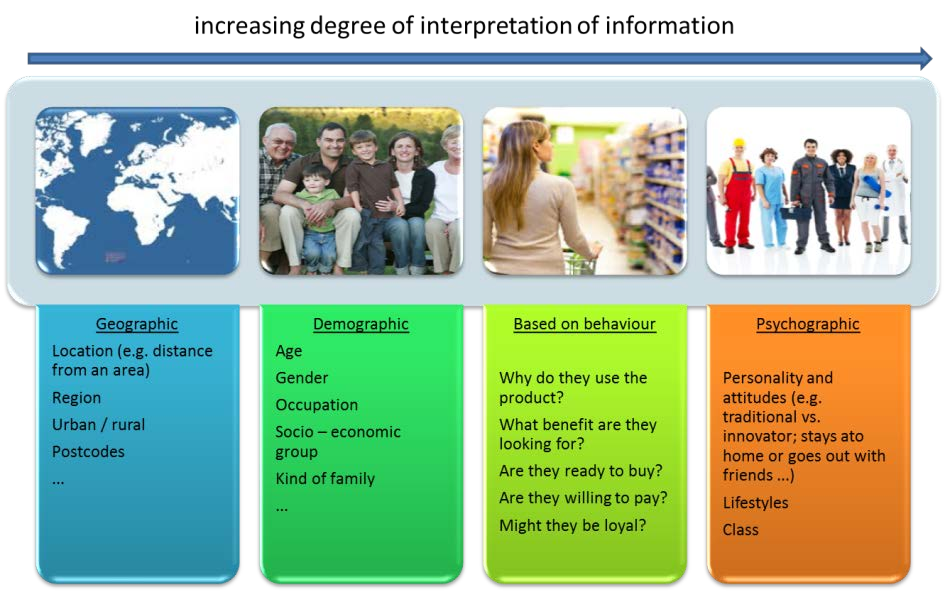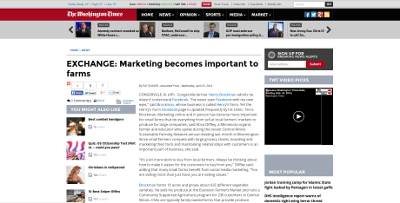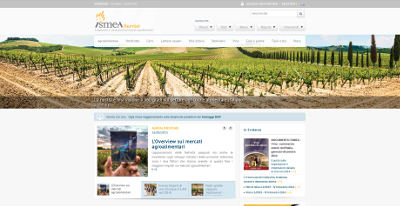It is difficult to foresee our client's behaviour ...

It’s like aiming at a moving target ...
It goes without saying that consumers are not all alike, both when we speak of the “mere product” (e.g. a bottle of wine) and when we give it symbolic meanings (e.g.it is seen as a prestigious present, a contribution for a special occasion, as a way to show one’s expertise as a butler, but also as an everyday drink, or as a way to feel better in a difficult period ...). But what is not obvious is that we no longer can divide them into simple groups (by age, sex, income ...) and imagine that they will behave in a certain way just because they belong to a given group. A well-off man can act as a poor one when he is not particularly interested in a product and, which is worse, he can change his mind and choice of parameters over time. That is why it is important:
- to keep well informed about our present customers’ satisfaction, in order to prevent our competitors from “stealing” them by offering something new, and to increase customer loyalty by grounding our relationship with them on attention and reliability
- to widen and diversify our clients’ portfolio (to avoid depending on a small group of subjects)
Things change quickly nowadays, and the knowledge you have acquired might be useful only in the short term
Published information is available, but also dedicated research can be rather easy to do

... therefore it is increasingly important to monitor our market
What do we have to inform ourselves about?
Since we do not have time to read everything all the time, we can choose a few things to follow and a few reliable sources. Some sources are “desk”, which means that we can read things on paper, on computer, at home. Some sources are “field”, which means that we must find a way to ask a few questions. We have to inform ourselves about:
- our positioning: what do our clients think about our products and services? High or medium quality? Good price / quality ratio? Easy or difficult to substitute?
- our market trends: is our core market developing or shrinking? Quantities? Prices? Are new preferences emerging in it (new lifestyles, new habits, new fears)?
- our market segmentation: which groups of consumers are we mostly attracting or which can we attract in the future? Families or singles? Rich or poor? Children or adults? Educated or scarcely educated? Gourmets or simple housewives? People willing to pay for quality or people looking for everyday low prices?
- market spaces: are there emerging needs that are not fully satisfied, or that we can satisfy better than others? Are there groups of new, potential clients we could acquire? What are their buying patterns? And their choice of parameters?
- competitors’ strategic behaviour: what are our competitors’ present strategies? Are they overlooking some important trends, and can we take advantage of this?
Look at these links ...
In normal periods, in developed economies the share of food on total family consumption tends to decline. This means that the expense for food becomes less relevant and this may imply a lower attention for price. Advertising messages focus then on quality, pleasure, status. The opposite happens in difficult times (when value for money becomes a key aspect). The trend is now towards “polarisation”, which means that the middle class and middle level products are reducing their importance, whereas the higher and lower levels are expanding. It is important to understand the way of complying with this trend .

Sources for desk analysis
- National statistics: numbers are not always difficult, and once you have learnt to interpret a few key data, you can follow your relevant trends
- Regional and Rural development agencies
- Local authorities, entrepreneurship specialists provided info
- Agricultural Universities on line studies
- Bank Researches
- Ministry for Agriculture: in this case, data are given in a pre-analysed and interpreted version. It is often possible to receive sector-specific newsletters
- Farmers' organisations' studies and newsletters: also in this case, it is possible to have access to studies, forecasts, tutorials and webinars (lessons that can be watched online)
- Field data collected by private research institutes who regularly interview large consumer panels. These data have to be paid, but it is possible to have a dedicated selection which offers interesting insights on family purchases, volumes, prices and very recent trends
- Online material. Consumers write a lot on blogs and social networks in general. By searching the web, we may get qualitative information about opinions and trends. Moreover, nowadays food bloggers also act as trendsetters.
Main methods for field analysis
- You can have a first idea of how consumers “think” about products and brands (including yours) by means of a focus group: a conductor guides a selected group of 8-10 consumers in a discussion on a given product or service. It might be useful also to test a new product idea (“concept”) or a product prototype, also in comparison with other products.
- You can obtain representative data (which approximate the opinion of a whole market or market segment) by means of a quantitative survey, which involves asking questions to a large number (e.g. 1,000) of consumers. This is not so expensive because now it can be done online, by institutes who have a large number of panelists. Since questions are asked online, it is possible to show pictures, videos, to compare products, different versions of packaging, etc.
- You can evaluate your customers’ satisfaction by asking them to fill in a questionnaire you have prepared. It must be rather short and easy, focused on key themes. Pay attention not to suggest answers within your questions (e.g. “do you prefer my beautiful and tasty fruits or the ugly and tasteless fruits of farm XY?”). If your clients are final consumers (families), you can ask them to insert their zip code, or their address, so that you get an idea of what distance they come from. You can also offer a small present if they give you their e-mail address and authorize you to send them your newsletter.
- You can organize a product test by offering your potential new product to a selected group of customers, asking them to give you their opinion. You could thus receive useful hints for the fine-tuning of your product, its packaging, its instructions for use, etc ... You can do the same non only with families, but also with retailers and even wholesalers, they might appreciate your proactive behaviour.

A focus group is a form of qualitative research in which a group of people are asked about their perceptions, opinions, beliefs, and attitudes towards a product, service, concept, advertisement, idea, or packaging. Questions are asked in an interactive group setting where participants are free to talk with other group members

CAWI is a surveying technique in which the interviewed persons fill in a questionnaire online. It can contain pictures, audio and video clips, links, etc. It is also possible to customize the flow of the questionnaire based on the answers provided, as well as information already known about the participant.

Test: what have you learnt?
Results
9-10 points = wow, you know this theme well
0-8 points = you can deepen your knowledge in further chapters





